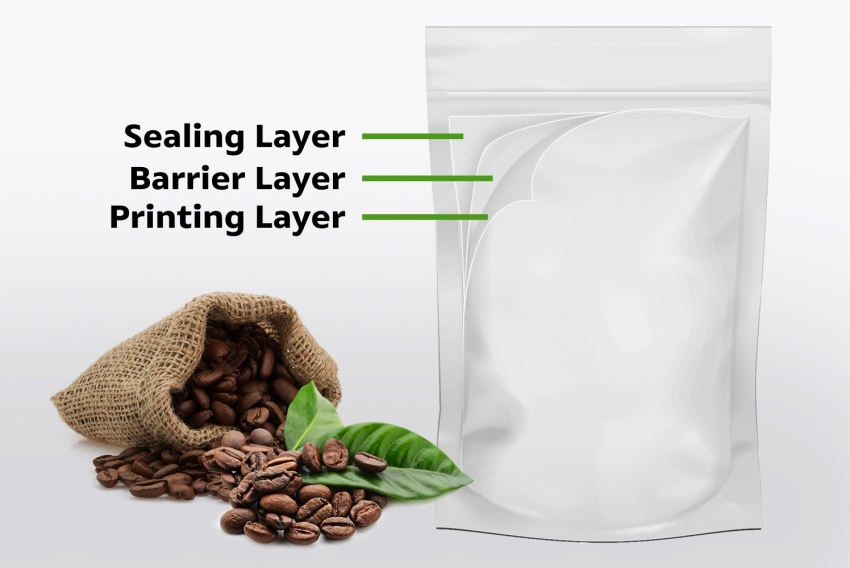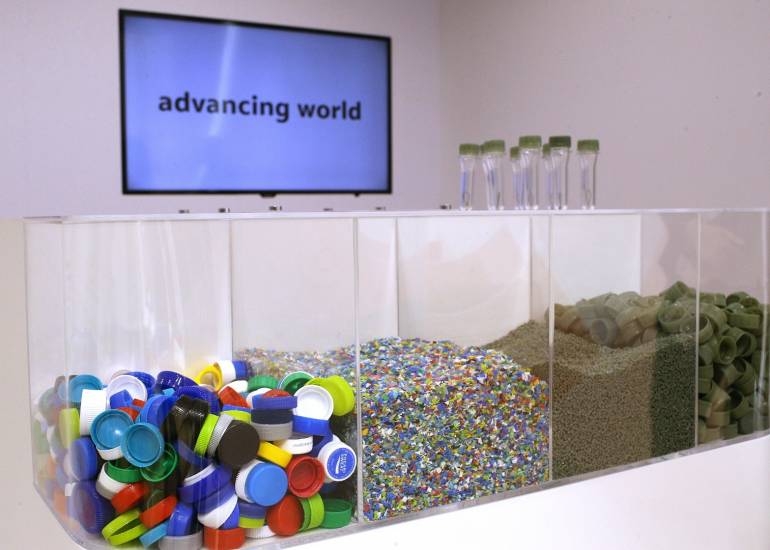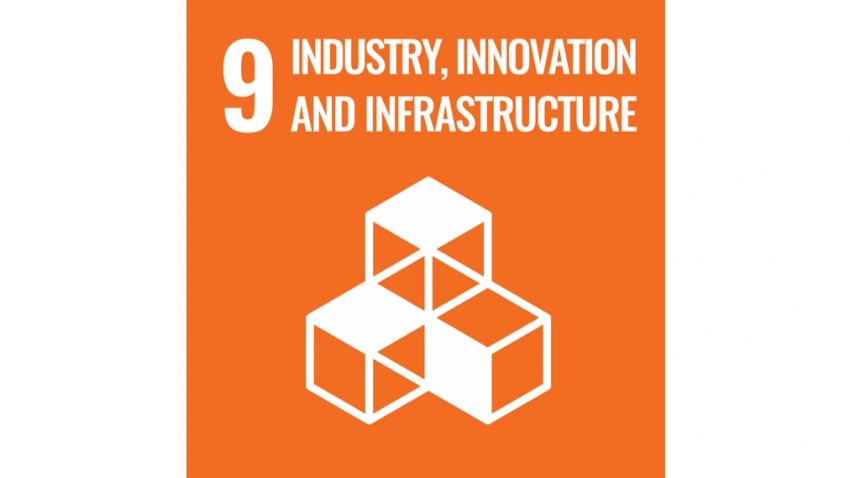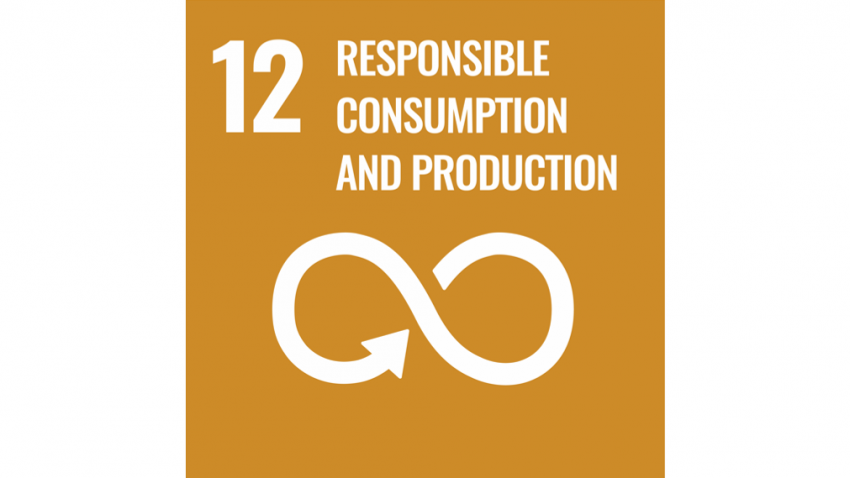An invention that first revolutionized the world of material science 113 years ago, plastic has made contributions to society in various ways not only because it is strong, durable and lightweight, but also because its properties can be adjusted as desired through additives or processing. This is not to mention that it creates less environmental impacts compared to other materials when taking into account the resources used in the production. Plastic has thus been increasingly used as a substitute for traditional materials – a trend that, it appears, will only grow in the future.
However, without effective management, this wondrous material could lead to social and environmental issues. To solve these problems, it is necessary to encourage consumers to sort waste and disposal of their plastics properly in conjunction with inventing and developing plastics that are more eco-friendly yet perfectly satisfy functional requirements.
As a leading petrochemical business in Thailand and Southeast Asia, SCG realizes the significance to this trend and has thus developed innovative mono-material packaging to meet these new functional requirements.
Industrial Challenges
The packaging industry is the largest consumer of plastic, and the ubiquity of plastic packaging is thanks to its ability to preserve the quality and prolong the shelf life of the product inside. Flexible packaging is a major type of plastic packaging, which makes up 33% of the market and is worth over USD one trillion.
Flexible packaging generally consists of multiple layers, whose functions can be classified into three major categories. For each of these, manufacturers choose materials they deem to have suitable properties.
- The outermost layer is for printing labels or other elements that communicate a message to consumers and enhance the aesthetic of the packaging. It is generally made of films with high stiffness and low elongation, which yield crisp and clear prints. Popular materials for this layer are PET, nylon, and BOPP (biaxially-oriented polypropylene).
- The middle layers act as barriers against air and moisture, which are major agents that damage or degrade products in powder form, such as coffee powder and non-dairy creamer, which can easily clump up when exposed to air or moisture. Therefore, these layers need to made with materials with low oxygen transmission rates (OTR) and water vapor transmission rates (WVTR), such as aluminum films or metalized films, which are filmed coated with vaporized aluminum.
- The innermost layer is called a sealant because its function is to create a hermetic seal and prevent leakage. As it also provides strength to the overall package, it has to have good toughness. Some materials can seal through food particles or oil droplets that may splash up the sides of the package while the product is being packaged. Generally, the sealant layer is made of materials with low melting points, such as LLDPE (linear low-density polyethylene) and CPP (cast polypropylene), so that a seal can be created at low heat and quickly, which in turns increases productivity.
As flexible packaging consists of inextricable layers of different materials with different properties and melting points, it does not lend itself to recycling; to achieve maximum efficiency, the material to be recycled has to be homogeneous. When a flexible package is recycled as is, the resulting plastic will be inferior in quality because the melting points of the materials of the three layers usually differ vastly. For instance, a package for snacks or coffee usually consists of layers of PET, aluminum, and CPP. When it is melted at a low temperature, the aluminum layer, which has a high melting point, will not melt and contaminate the resulting material. In contrast, if the package is melted at a high temperature, the CPP layer, which has a low melting point, will be degraded, effectively destroying its useful properties.
This characteristic presents a challenge to SCG. As a polymer expert, the company has to invent new technologies and innovations to cater to the mono-material packaging trend. That is, they have to maintain the functional properties of the packaging while using solely PE or PP as materials for manufacturing films.
The Hope of Society and the Environment
Plastic is used in packaging because of its various well-known properties: safe food contact, heat sterilizability, low temperature resistance, as well as vapor and oxygen impermeability.
What is little known is that when viewed through an environmental lens, plastic is considered an eco-friendly material as the manufacturing of plastic packaging requires less energy and water and emits less carbon dioxide compared to that of other types of packaging. Nevertheless, plastic is often villainized because it often ends up in nature and ultimately negatively impacts ecosystems. However, the problem focuses only on the post-consumer stage and could also be attributed to consumer behavior and a lack of efficient waste management systems.
The mono-material packaging that SCG is actively developing at present will play a key role in elevating the functionality of plastic. That is, not only will it be able to preserve food and extend its shelf life, but it will also lends itself to recycling in the post-consumer stage. This is in keeping with the circular economy principles and the United Nations’ Sustainable Develop Goals 12 and 9, which seeks to ensure sustainable production and consumption and develop industries, innovation, and infrastructure to elevate the quality of life in society and foster environmental sustainability.








